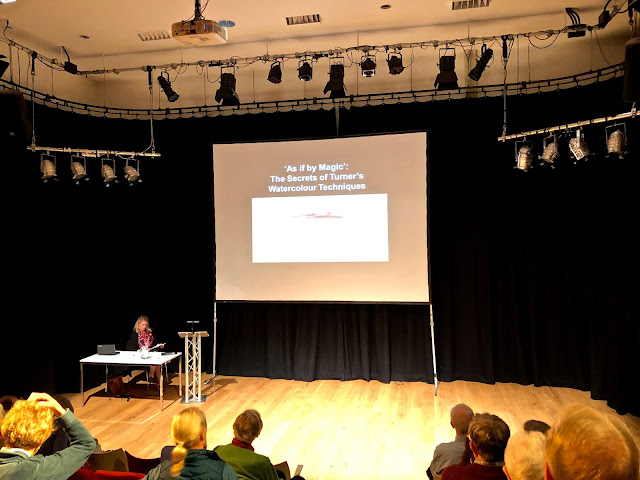That garden is now almost at its peak in early June. The euphorbia no longer dominate as they have suffered the 'Chelsea Chop' but the roses have suddenly all come out and Mme Alfred Carriere is scrambling up the neighbour's yew, the roses having been properly pruned and tied back for the first time this winter.
The wildflower meadow - probably the smallest in the country to be enclosed with estate fencing - is brimming with plants and has had had an additional supply of oxeye daisy and - hopefully - some teazle added to the mix, which now surrounds an old staddle stone.
The horse surveys the top of the garden and the addition box balls and pyramids
Only the lawns are a disappointment this year, but should soon be brought back to lush greeness.
For more photos, click here
For a video walk-through, click here
See also Blithe Moment





















